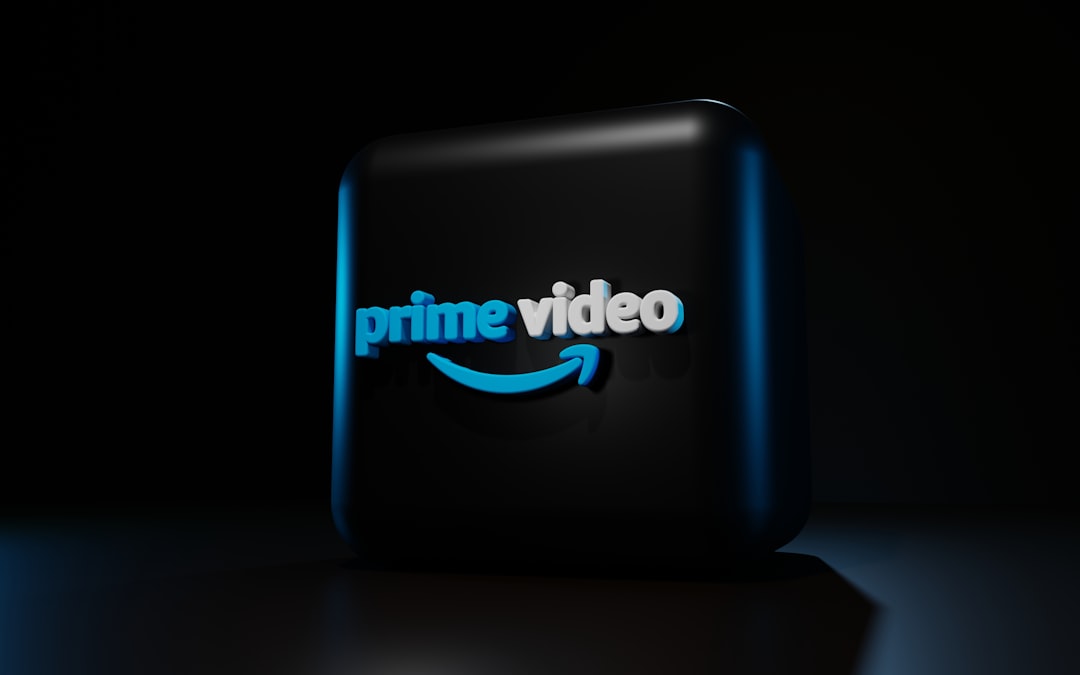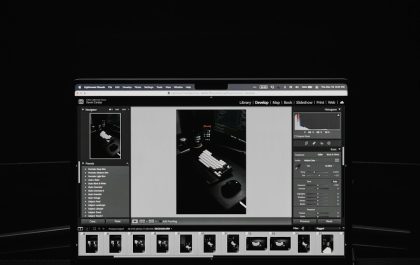Most people have experienced the modern ritual of signing up for a free trial, especially for streaming services like Amazon Prime Video. While it offers a convenient avenue to enjoy popular shows, movies, and exclusive content at no cost for a limited period, there’s always the fine print: the auto-renewal. One user’s peculiar experience with Amazon Prime Video’s logout mechanism and an unexpected twist with their payment method override shed light on how these systems work, and surprisingly, how they may favor the consumer—if only once in a while.
TLDR (Too long, didn’t read)
After signing up for a free trial of Amazon Prime Video, the user was unexpectedly logged out right after the trial period ended. Interestingly, due to a unique situation with their payment method—specifically, using an unsupported virtual card—the renewal charge did not go through. This avoided the usual automatic subscription charge, preventing what many fear will happen when they “forget” to cancel in time. It turned out to be a strangely helpful hiccup in the automation system.
The Setup: A Typical Free Trial
The journey began, as many do, with an enticing offer: Amazon Prime Video’s 30-day free trial. The user—like millions of others—wanted to catch up on Emmy winners and exclusive Amazon Originals. Setting up the account was easy. An email, a password, and a valid payment method were all that was needed. The content began streaming immediately: slick, seamless, and worry-free.
As the calendar days ticked by, the end of the 30-day trial approached. Email reminders were conspicuously absent. Then, on the 31st day, something odd happened: they were logged out of their account. This was not the subtle, behind-the-scenes activation of a paid subscription. It was a full logout asking for re-authentication—and that was where things took an unexpected turn.

The Unexpected Logout
The immediate assumption? A technical issue. Perhaps a server glitch or cookie problem. When the user re-entered their login credentials, the site didn’t immediately prompt a payment confirmation or resubscribe process. Instead, it returned to a screen offering subscription options, complete with plan details and pricing—clearly suggesting that the free trial had ended but no paid plan had begun.
This raised questions. Had the trial really ended without initiating a charge? Was the user given a courtesy day to renew? Or did something go wrong behind the scenes?
The Payment Method Quirk
The answer came from the payment method itself. When signing up, the user had experimented with a relatively modern tool: a virtual card provided by a privacy-focused fintech service. These virtual cards randomly generate card numbers linked to a user’s bank account, but with the twist—most allow users to deactivate or restrict the card once the trial is over.
In this case, the user had unknowingly selected a card that the Amazon system flagged as “unsupported for recurring transactions.” This nuance caused Amazon’s subscription engine to halt rather than initiate the charge. The system couldn’t process the subscription renewal, so instead of charging or even attempting to notify the user, it simply logged them out post-trial—bypassing the entire auto-renew trap.
What Happens in Amazon’s Backend?
While Amazon doesn’t publicly disclose its backend logic, it’s apparent that if a saved payment method is marked as restricted, expired, or unsupported for auto-pay, the system will not proceed with charging. Instead, the account may revert to a non-subscriber status. Logging the user out cleanly segments free trial users from active subscribers.
This situation falls somewhere between a technical safeguard and a customer protection feature. It prevents Amazon from being flagged for unauthorized charges, while also forcing users to make an active choice about subscribing.
System Override or Consumer Luck?
Was this protection by design? Or just a happy accident? Likely a blend of both. Virtual cards are increasingly popular, and businesses including Amazon are adjusting systems to adapt to them. However, these systems aren’t bulletproof. In the race to ensure compliance, Amazon’s platform may have defaulted to conservative behavior—opting not to charge or retain users without verified, uninterrupted payment methods.

This time, it favored the user. No last-minute scramble to cancel, no enduring “gotcha” charge just hours past the deadline. Just a simple, unexpected logout.
The Consumer Takeaway
This experience offers a valuable lesson: While it’s best practice to manually cancel trials ahead of time, introducing small protections—like using virtual cards with limits or auto-expiry—can safeguard your wallet better than reminders or to-do lists.
Amazon Prime Video remains one of the sleekest streamers available, but as with any automated system, glitches or uncommon use cases may steer away from the usual pattern. For this user, what could have been a frustrating oversight turned into a successful cost avoidance thanks to minor, but effective, digital choices.
Best Practices Moving Forward
- Use virtual cards for free trials to avoid unwanted charges.
- Set cancellation reminders or use productivity apps.
- Check your subscription settings immediately at the start of a trial.
- Use primary email inboxes to catch warning messages and trial-ending notifications.
Frequently Asked Questions
- Why did Amazon log me out right after my trial ended?
- This typically happens when the system cannot validate a successful payment method at the moment the trial expires. Logging out resets access and pushes the user to either renew manually or walk away.
- Can you get charged without knowing it after a free trial?
- Yes, if your payment method is valid and there are no blocks in place, Amazon will automatically charge and activate a paid subscription. Users should always monitor expiration dates closely.
- What is a virtual card and how does it help?
- A virtual card is a temporary or secondary card number generated to protect your primary account details. Some services let you deactivate it after a single use, helping prevent future unwanted charges.
- Does Amazon warn you before billing you after the trial?
- Amazon may or may not send an email reminder. They’re not obligated to. This can vary depending on user notification settings and international regulations.
- Can I still access Prime Video after the trial if I don’t pay?
- No, access ends once the trial expires unless a payment is successfully processed. The logout serves as confirmation of the access change.
In the age of subscription models and aggressive auto-renewal systems, it’s refreshing—if a little surreal—when automation stumbles in favor of the user. This story is more than a glitch; it’s a reminder that the right tools and a little digital awareness can still beat the system, even if accidentally.
yehiweb
Related posts
New Articles
Top 6 Editors With Excellent Preset / Filter Libraries to Speed Up Editing Workflow for Travel & Landscape Photography (Darktable, Affinity, Luminar etc.)
Travel and landscape photography is majestic, but editing hundreds of images? Not so much. Luckily, there are photo editors with…


